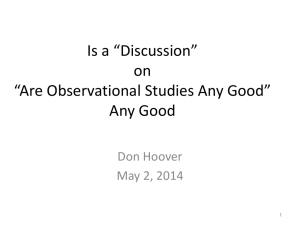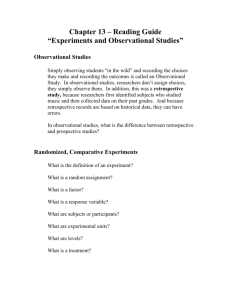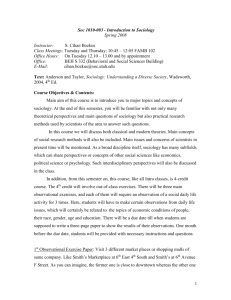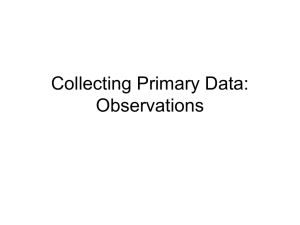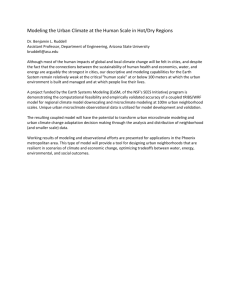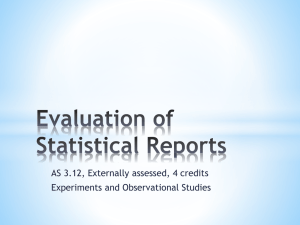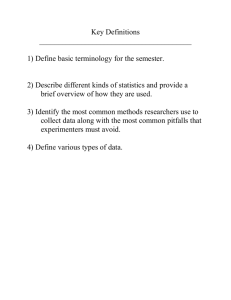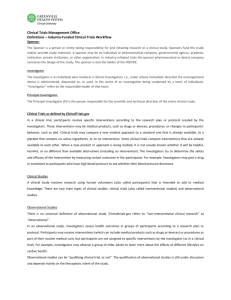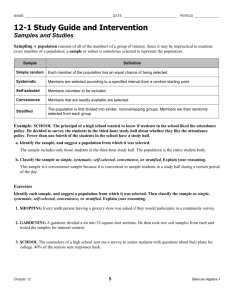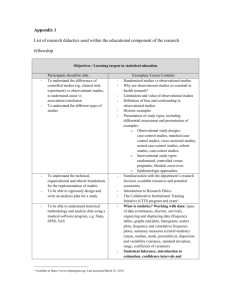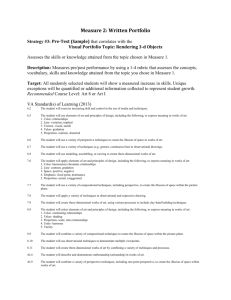Modeling Earth`s Climate Quiz
advertisement
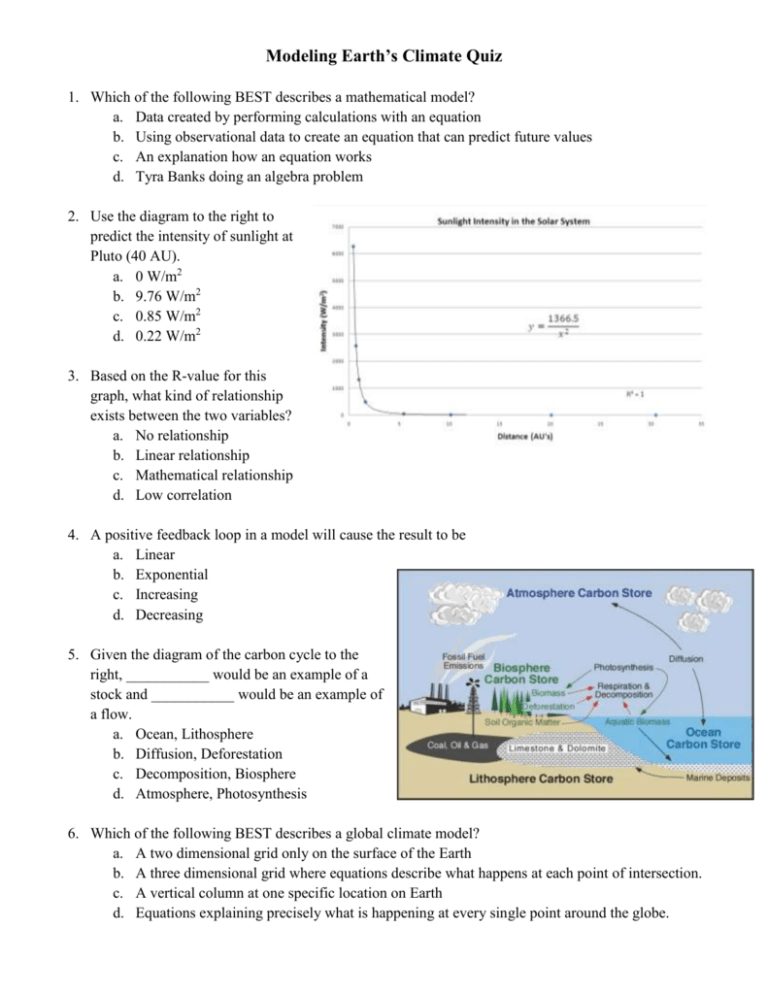
Modeling Earth’s Climate Quiz 1. Which of the following BEST describes a mathematical model? a. Data created by performing calculations with an equation b. Using observational data to create an equation that can predict future values c. An explanation how an equation works d. Tyra Banks doing an algebra problem 2. Use the diagram to the right to predict the intensity of sunlight at Pluto (40 AU). a. 0 W/m2 b. 9.76 W/m2 c. 0.85 W/m2 d. 0.22 W/m2 3. Based on the R-value for this graph, what kind of relationship exists between the two variables? a. No relationship b. Linear relationship c. Mathematical relationship d. Low correlation 4. A positive feedback loop in a model will cause the result to be a. Linear b. Exponential c. Increasing d. Decreasing 5. Given the diagram of the carbon cycle to the right, ___________ would be an example of a stock and ___________ would be an example of a flow. a. Ocean, Lithosphere b. Diffusion, Deforestation c. Decomposition, Biosphere d. Atmosphere, Photosynthesis 6. Which of the following BEST describes a global climate model? a. A two dimensional grid only on the surface of the Earth b. A three dimensional grid where equations describe what happens at each point of intersection. c. A vertical column at one specific location on Earth d. Equations explaining precisely what is happening at every single point around the globe. 7. If the resolution of a climate model is doubled, how much more computing power will it take to run the model? a. 2x b. 5x c. 10x d. 20x 8. Which of the following BEST explains why scientists need to create visualizations of their data? a. It makes it easier to run models b. Many data sets are too large and complex for the human brain to comprehend c. Visualizations make it more difficult to understand what is happening d. They like to show off their cool computer skills 9. Which of the following BEST describes how the global mean temperature of Earth is determined? a. A weighted average is taken from a global grid of weather station observations. b. A simple average is taken of all available surface measurements. c. Weather station observations are added and then divided by the total number of weather stations on Earth. d. By taking the average of weather station observations only near the equator. 10. Climate models are verified by a. precisely matching experimental calculations b. comparing their results to observational data c. being tested against other models d. seeing if predictions come true Global Mean Temperature (°C) Observational and Model Data (1850-2010) 15 14.5 14 Observational data 13.5 Coupled Model Control 13 12.5 1840 AMIP Model Control 1860 1880 1900 1920 1940 1960 1980 2000 2020 Year 11. Based on the above diagram, which of the following statements about climate models is most accurate? a. Climate models can match observational data exactly b. Climate models can’t even come close to matching observational data c. Some climate models match observational data better than others d. Climate models make projections before they are verified 12. Which of the following is the BEST describes the scenario shown to the right by the Very Simple Climate Model? a. Carbon emissions steadily increase causing the temperature to remain constant b. Temperature increases causing the carbon emissions to rise c. Carbon emissions level out but temperature continues to rise because removal of carbon from the atmosphere is slow d. The CO2 concentration remains constant because the natural processes quickly remove all excess carbon from the atmosphere 13. The IPCC projection that produces the SMALLEST amount of global temperature increase is a. A1B b. A1FI c. A2 d. B1 14. The IPCC projection that produces the LARGEST amount of global temperature increase is a. A1B b. A1FI c. A2 d. A1T 15. Which of the following statements about climate model projections is MOST accurate? a. All global climate models project a warming trend in the next century b. Some models predict cooling while others predict warming c. All models predict the same amount of warming, both globally and in North America d. Global temperature projections are based ONLY on the carbon emissions of the United States

